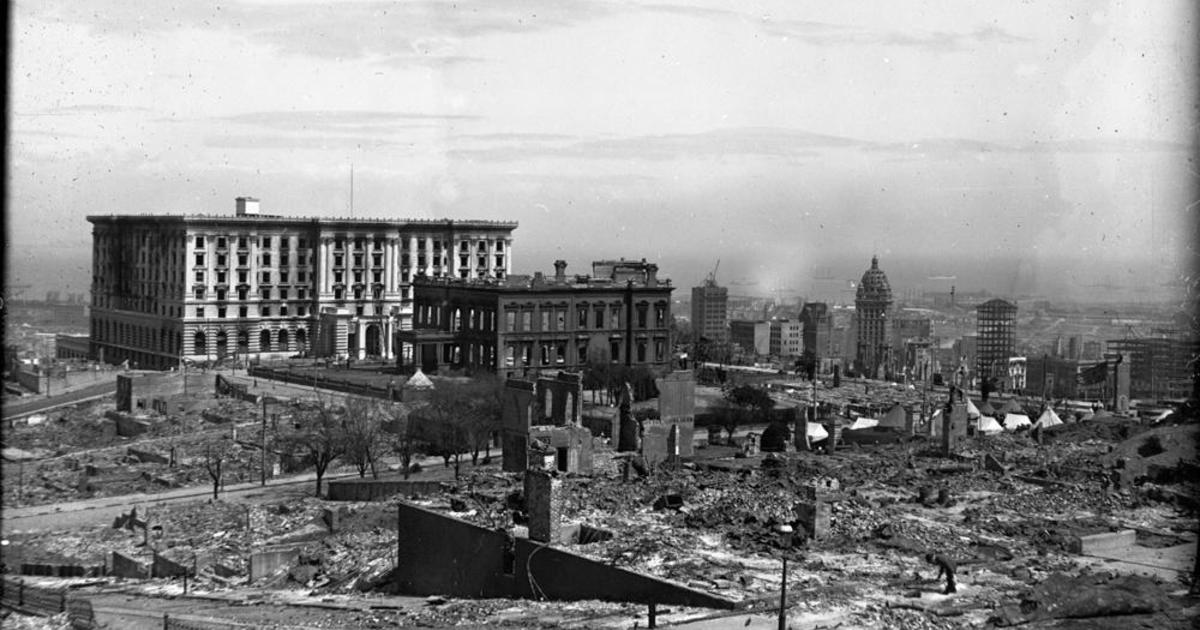The 'Big One' In California Could Trigger Other Large Earthquakes On Nearby Faults
PASADENA (KCBS) – New research out of the University of Southern California suggests that a major earthquake on the San Andreas Fault could trigger large earthquakes on other nearby faults, intensifying the damage over a larger area.
The results of the study were presented by James Dolan, Professor of Earth Sciences at USC, during the annual meeting of the Seismological Society of America in Pasadena this week.
Dolan and his colleagues looked at slip rate data and geological evidence for ancient earthquakes on the Garlock fault, the second-longest fault in California. The research found that seismic activity along the fault may be controlled in part by "super-cycle" changes, periods of quiet followed by hyperactivity.
This the latest study to suggest that there may be a large-scale coordination of earthquakes in time and space, which can cause large earthquakes to cluster in time along a single fault system.
In the Bay Area, researchers at the University of California, Berkeley recently found that the Hayward fault is essentially an offshoot of the Calaveras and that both could rupture at the same time, causing a magnitude 7+ earthquake.
The immediate region around the Garlock fault, which runs along the northern border of the Mojave Desert, is not heavily populated, but Dolan and his colleagues found that an earthquake along the fault could impact most of Southern California.
Dolan and his team said that although their research was focused on the Garlock fault, it can be applied to other faults in the state as well.



